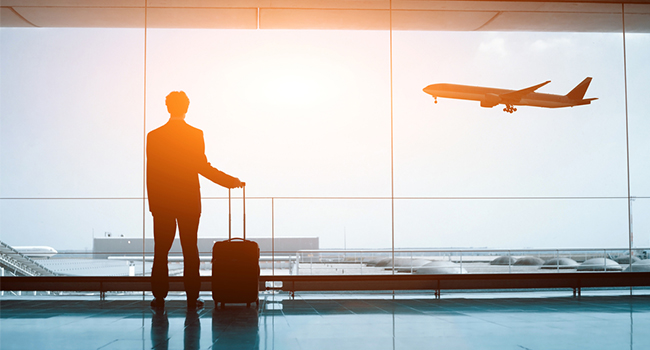
Millions of Americans May Need Passports to Fly Domestic
State issued identification cards from four states will no longer be accepted for domestic flights by airport security as soon as January of 2016.
In order to create a more reliable form of identity, the REAL ID Act of 2005 urged there to be more proof of identity when issuing state IDs, such as a verified original copy of a person’s birth certificate. This decade old law, put in place to make it harder for criminals to obtain a fake ID, has been applied in all states except Louisiana, Minnesota, New Hampshire and New York.
The deadline for upgrading in accordance to the bill is in 2016 and the states that do not conform will force TSA to demand passports instead of driver’s licenses in order to fly within the United States. According to government records, about 9.5 million driver’s licenses have been issued within those states.
At the time of the Act’s passing, states feared that the federal government would use the new identification cards to make a national database of citizens. They believed this would give the “power hungry” government the ability to spy on them. Some states even worried that there may be cards that have special chips in them, opening up important information to hackers.
The fears ended up being unsubstantiated, but lawmakers in New Hampshire and Minnesota passed laws forbidding the state from complying with the Act. New York and Louisiana were slow to obey, but have made efforts to move toward the new program at the last minute. New York has offered an “Enhanced Driver’s License” for $30 extra since 2008, but the state’s Department of Motor Vehicles never warned drivers that the new option would eventually become necessary to board domestic flights or enter government buildings.
What should I do if I live in one of these states?
Minnesotans should obtain a $55 or $135 passport if they want to fly domestically starting in January.
New York was granted a waiver, so for the time being any person from the state with any kind of identification will be allowed to fly.
Louisiana was granted a waiver that will last until October 10, 2016. Residents can continue to fly with driver’s licenses at least until then.
New Hampshire has received a waiver that will allow residents to fly until June 1, 2016.